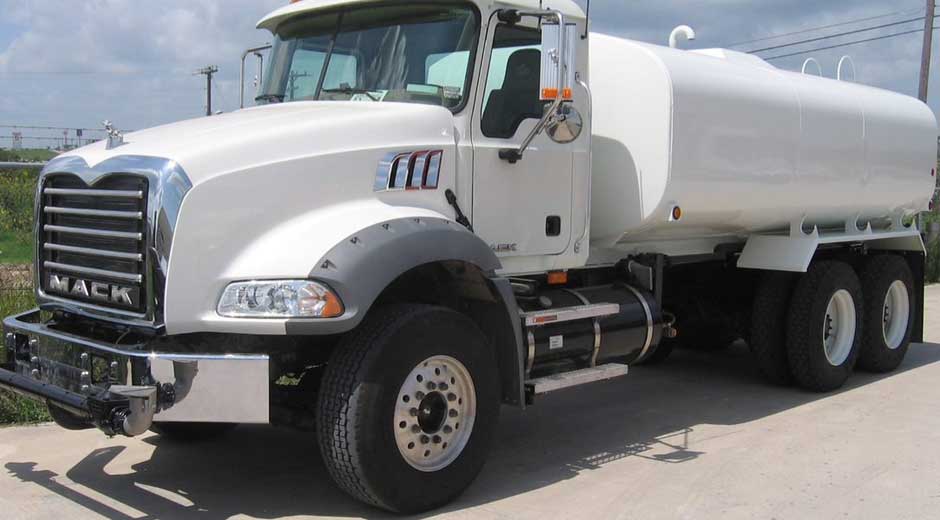Have you ever wondered how construction sites maintain dust control and manage water supply? Could a more efficient method help boost productivity on large-scale projects? When it comes to road maintenance and infrastructure development, ensuring optimal water distribution is crucial for success.
A water truck is an essential vehicle in roadwork and infrastructure projects, providing a reliable means of water transportation and distribution. By enhancing efficiency, these specialised vehicles play a significant role in project completion within budget and timelines. Read on and understand how they achieve this.
Role in Construction Sites
These vehicles are highly valuable assets on construction sites due to their multiple functions. One of the primary uses is dust control, which is vital to comply with safety standards and improve visibility for workers. Dust suppression also helps protect the health of workers by reducing airborne particles, especially during the dry season.
Additionally, these vehicles are equipped to distribute water evenly over large areas, ensuring proper soil moisture for compaction. Compaction is a necessary process that stabilises the ground before any roadwork or infrastructure work can begin. This ensures a strong foundation, reducing the risk of future damage.
Improving Efficiency in Road Maintenance
During road maintenance, the availability of water is essential for various tasks, such as cleaning surfaces and preparing them for repairs. These vehicles provide a continuous water supply, making tasks faster and more efficient. The easy availability of water ensures that projects proceed smoothly without unnecessary delays.
Furthermore, using a truck for road maintenance reduces manual labour, leading to faster and more precise applications. This mechanised approach not only enhances productivity but also reduces costs associated with prolonged labour. It helps ensure roads are properly prepared and safe for further construction or repairs.
Advantages in Infrastructure Projects
In large-scale infrastructure projects, maintaining soil moisture is crucial for stable ground. These vehicles ensure that soil is adequately dampened before heavy machinery is used. Proper moisture levels are vital for compaction and prevent soil displacement during construction, creating a more stable base for structures.
The presence of these vehicles on-site also offers benefits like fire suppression, especially in hot conditions where sparks from machinery can pose risks. Their versatility makes them an asset beyond just roadwork, contributing significantly to broader project needs.
Environmental Benefits
The environmental impact of construction projects is a growing concern, and these trucks can help reduce some of this impact. By controlling dust, they prevent air pollution, benefiting nearby communities and ecosystems. They also reduce the need for chemicals in dust suppression, as water is an eco-friendly alternative.
Additionally, their efficient use of water minimises waste, conserving this precious resource. Environmental considerations are becoming increasingly important, and they provide a sustainable solution. They play a critical role in helping construction projects minimise their ecological footprint.
How to Maintain
Like any heavy machinery, these vehicles require regular maintenance to perform optimally. Proper care involves checking the pumps, hoses, and tanks to prevent leaks and ensure efficient operation. Routine maintenance also helps in avoiding unexpected breakdowns, which can cause project delays.
Operators should be trained to handle these vehicles safely, ensuring that water is distributed efficiently without wastage. Proper handling not only extends the life of the vehicle but also ensures the safety of workers on-site.
A water truck significantly enhances efficiency in roadwork and infrastructure projects, making them indispensable for safe and effective operations. The versatility of these vehicles ensures that construction sites run smoothly, contributing to better outcomes in various phases of the project. Proper use and maintenance of these vehicles ensure optimal performance and safety.
